Beginning the fitness journey for elderly populations

During the later years of life, certain things can start to become harder, we gradually start to lose our strength, speed and co-ordination. For some people, this can unfortunately lead to a loss of independence. It is widely known that regular exercise can aid with vastly slowing down the ageing process, however, the proportion of people taking part in regular activity actually decreases with age. Therefore, it’s important to identify what barriers elderly people, exclusively, face when it comes to partaking in regular physical activity and try to combat them, as oppose to simply telling them that they should exercise.
The first, and in my opinion by far the most significant, barrier is social norms. Amongst the elderly generation, it is widely considered that exercise is something for younger people. This holds specifically true for resistance training, which is not only stereotyped for being exclusively for young people, but young men specifically- making older women twice as likely to disregard it. As well as being the most significant barrier, I also believe it is by far the most difficult to change. If someone has held a belief for 60+ years, the chances of them changing it are slim. Although, education goes a long way and it’s important to make small steps. An example of this would be encouraging a group of elderly people who already partake in aqua aerobics to try the light resistance class. And for the sedentary, instead of trying and get a book club into a strength training programme, start them off by encouraging a group walk. Also, from an individual point of view, if you are an elderly person who wants to become more physically active then putting yourself in the right environment, like a water aerobics class, is going to surround you with more like-minded individuals, and make it a lot less daunting should you choose to tackle a more demanding form of physical activity.
Next, there’s the physical barriers. Older people may have sustained many injuries over the years, which, combined with a natural loss of muscle elasticity and strength from sarcopenia, can make the prospect of more movement particularly less appealing than if someone had proposed the idea to them 30 years prior. To combat this, hiring the right professional can be key in making exercise pain free and enjoyable. A good personal trainer can identify any movement limitations you may have and provide an exercise programme which addresses these issues as well as making you stronger and healthier. For more serious issues, the right medical professional will be needed.
Next, there’s the fear of venturing into the unknown. Most people in their 20’s will have at least been to a gym a few times, even if they have not adhered to a programme they will have familiarity to what basic movements look like such as a squat or shoulder press. However, 40-60 years ago, gyms were a lot less common and therefore elderly people now haven’t acquired any knowledge of resistance training. Therefore, if they were to feel confident enough to go into a gym, they simply would not know where to begin, which can make the experience even more daunting and overwhelming than it already is. To combat this, there is a few options depending on one’s budget. The gold standard would be to hire a good personal trainer, who will provide a bespoke programme to you as well as educating you on correct exercise execution and the benefits of each exercise, so you can truly value the experience and the positive impact each part of the session can have on your life.
One important thing to note which often gets missed with elderly people is that their nutritional needs change as they get older. For instance, within the fitness industry it’s common knowledge that 2.2g of protein per kg of bodyweight per day, spread out over 4-6 servings will optimise protein synthesis, leading to optimal recovery. However, what is less widely documented is that protein requirements increase with age. The amount it increases is approximately 0.2g of protein per kg of bodyweight per day for every decade after 20’s. For example, someone in their 30’s would need 2.4g per kg of bodyweight per day and someone in their 40’s would need 2.6g per kg of bodyweight per day and so on. Now, this amount is particularly large once you get into the 60’s etc. Therefore, it’s important to recommend supplements that elderly people will enjoy, so that every meal isn’t just an enormous serving of meat in which will take a large amount of digestive power to breakdown.
Overall, many elderly people do experience barriers to exercise that many people fail to identify. That is why it’s important to meet them where they’re at, and help them in addressing them in a way that’s bespoke to that individual, to give them the best chance at adhering to a lifestyle of regular physical activity.
Are you reading this and are some points resonating with you? Would a small group personal training session for more elderly populations be something that you would be interested in? If so send us a message and if we can get a few individuals interested this is something that we would be happy to facilitate.

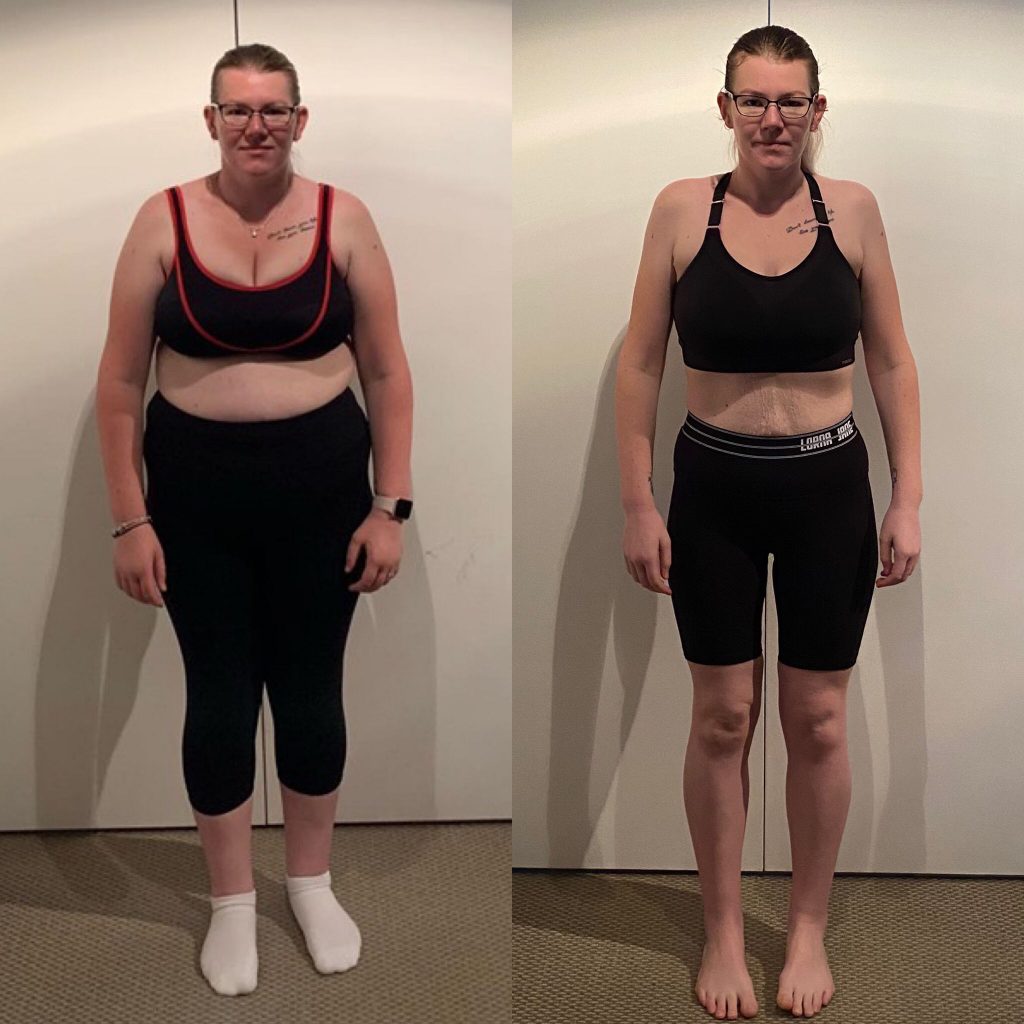
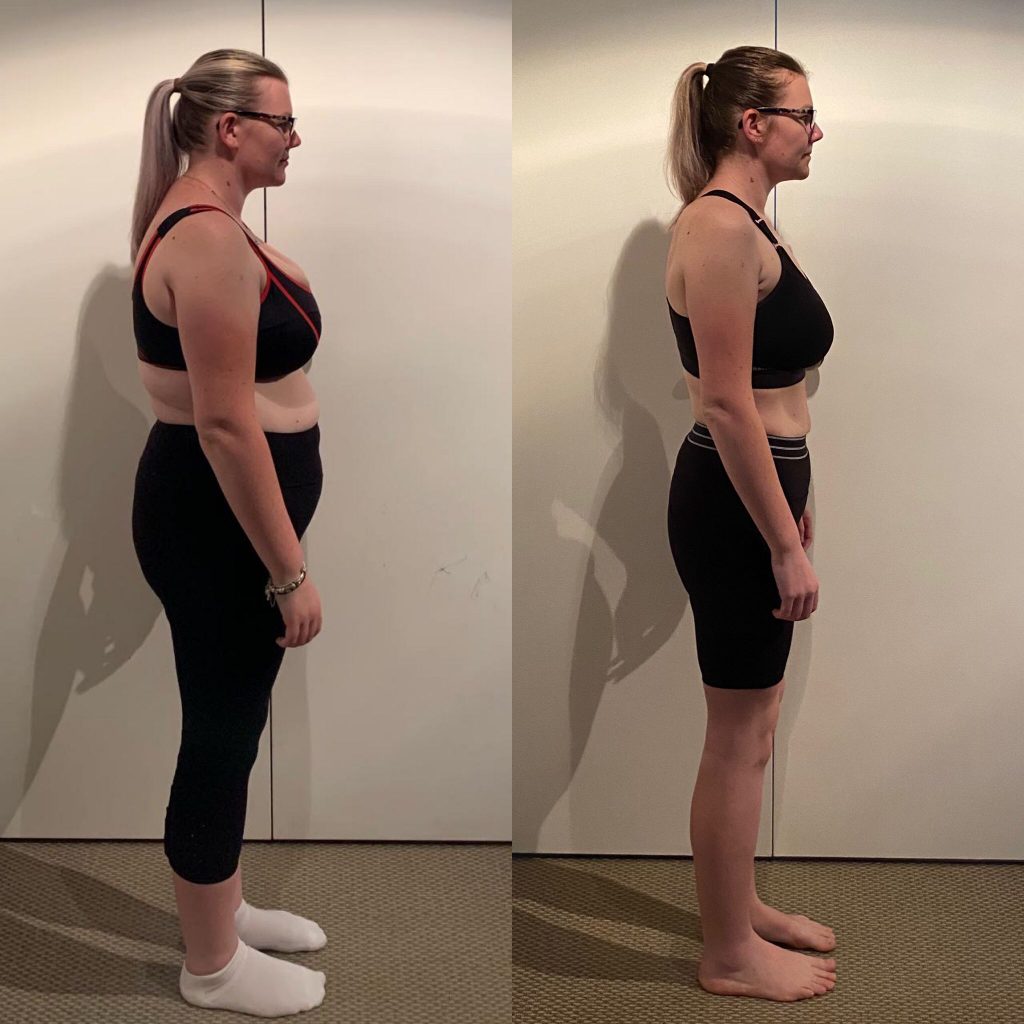
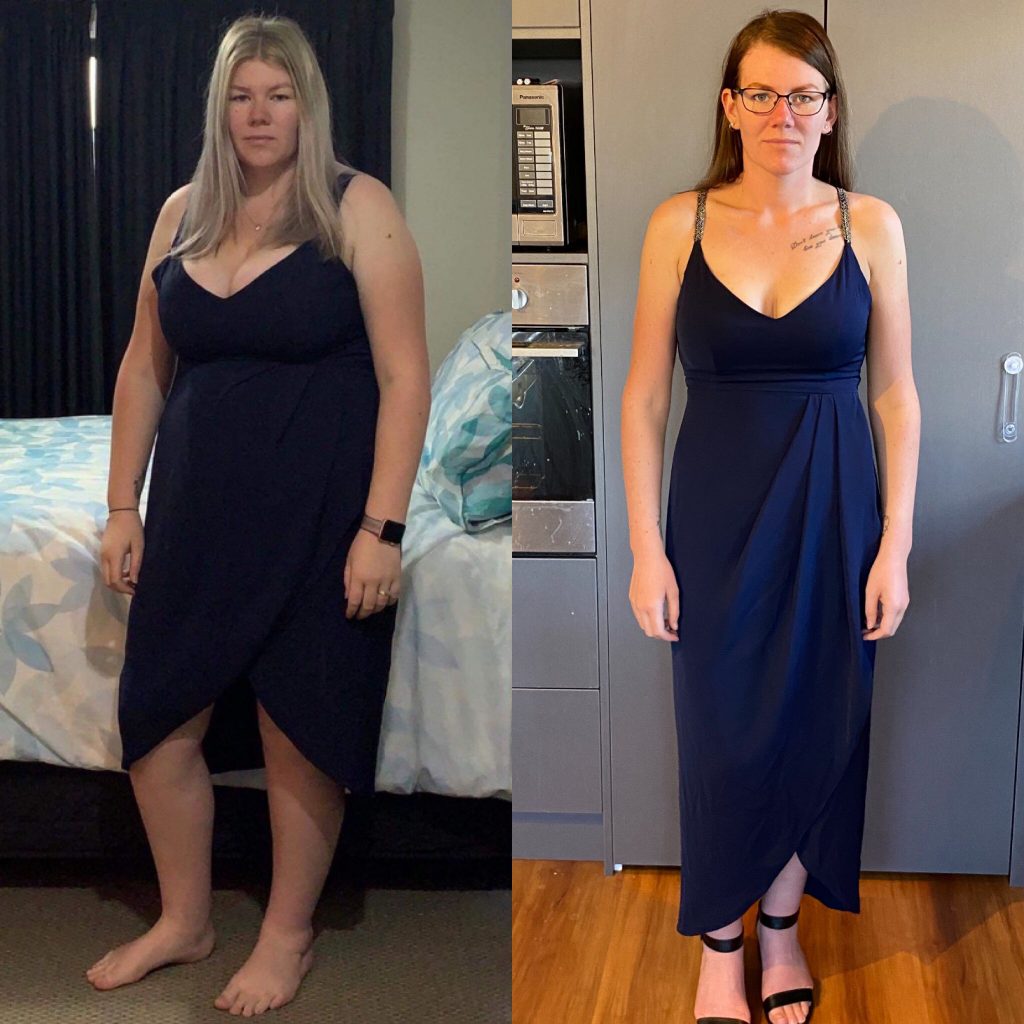
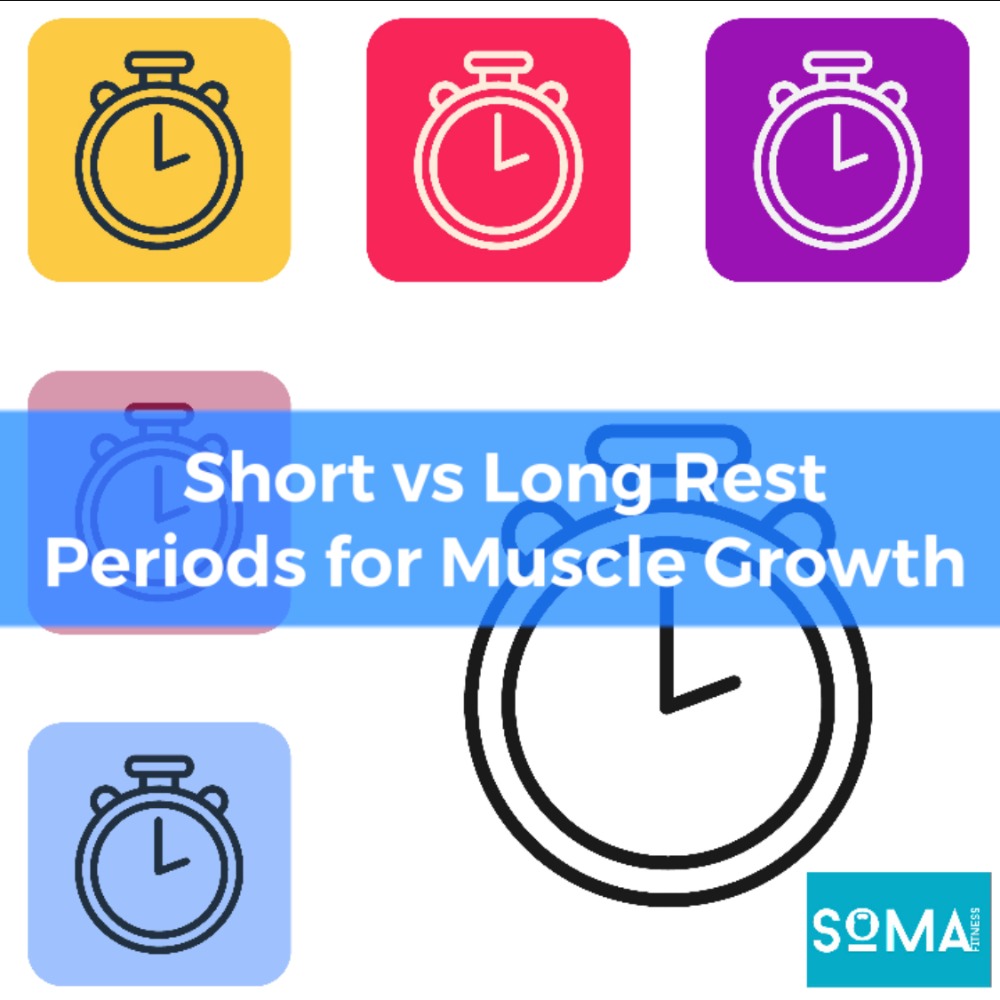

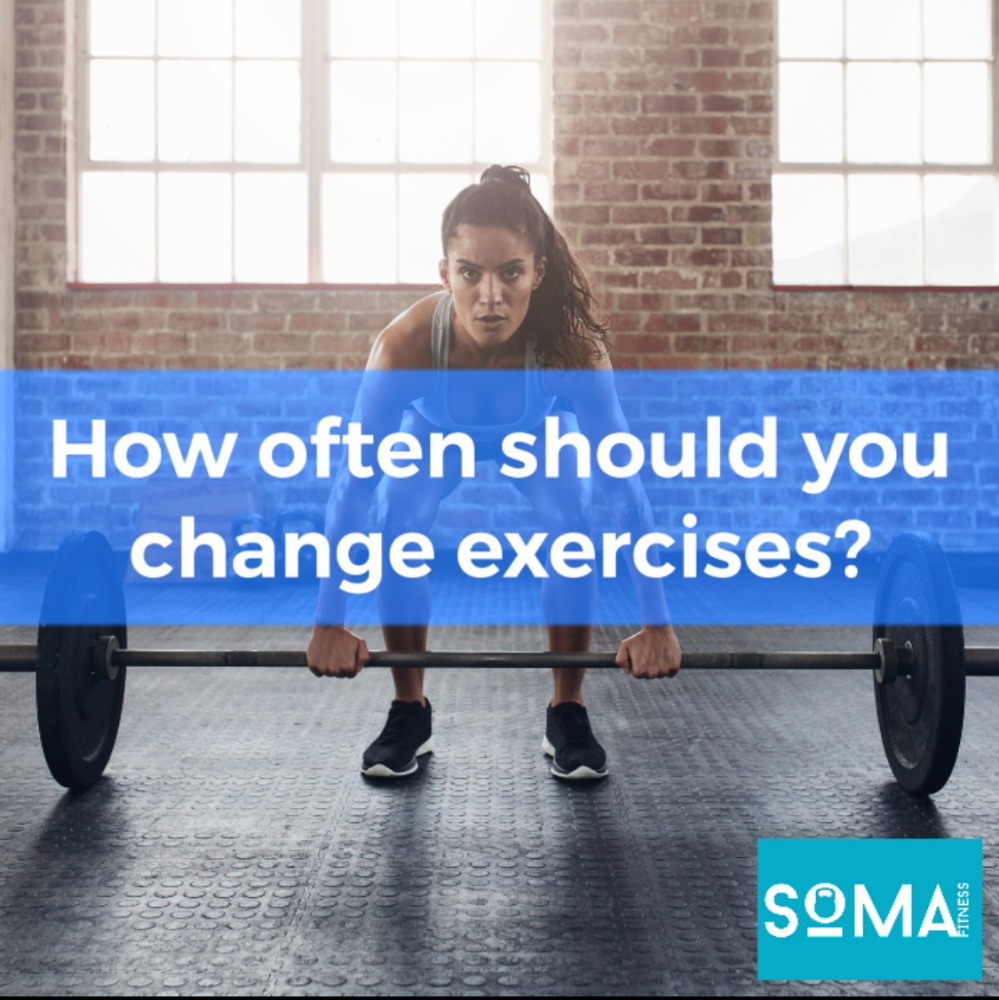
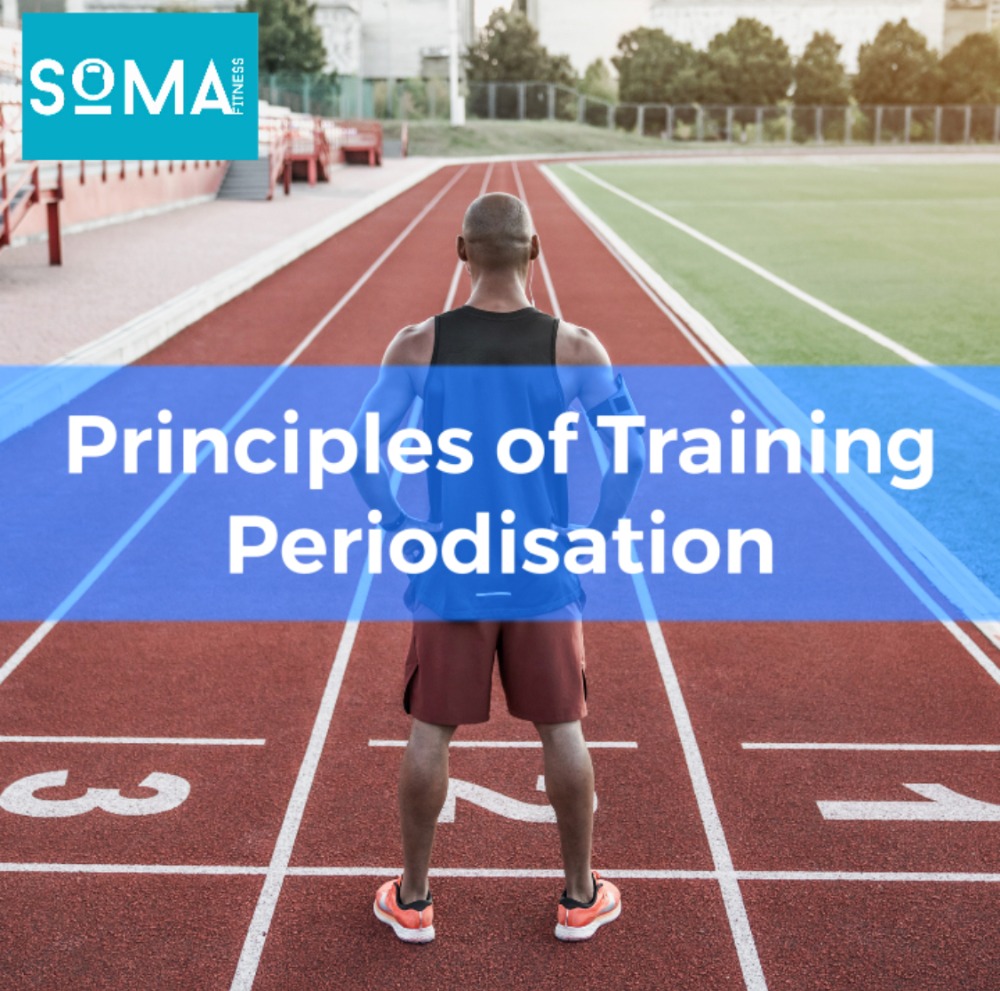
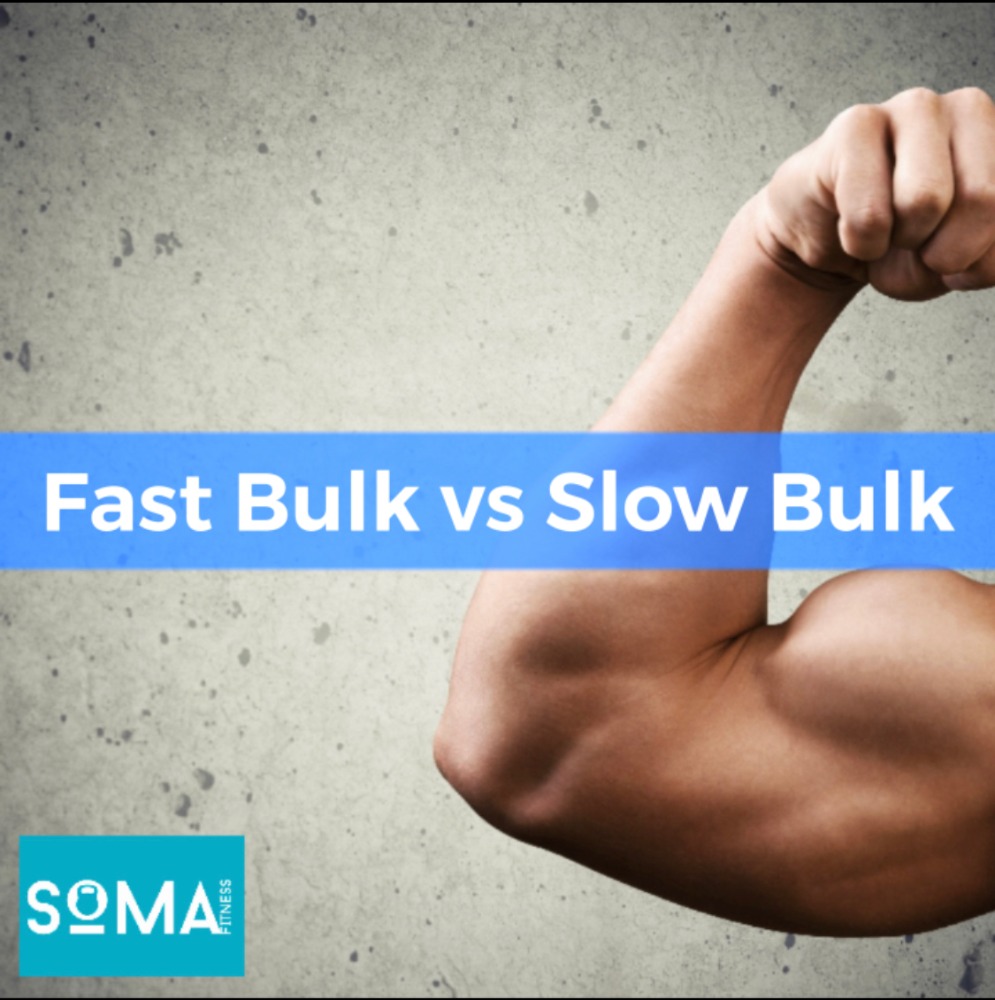
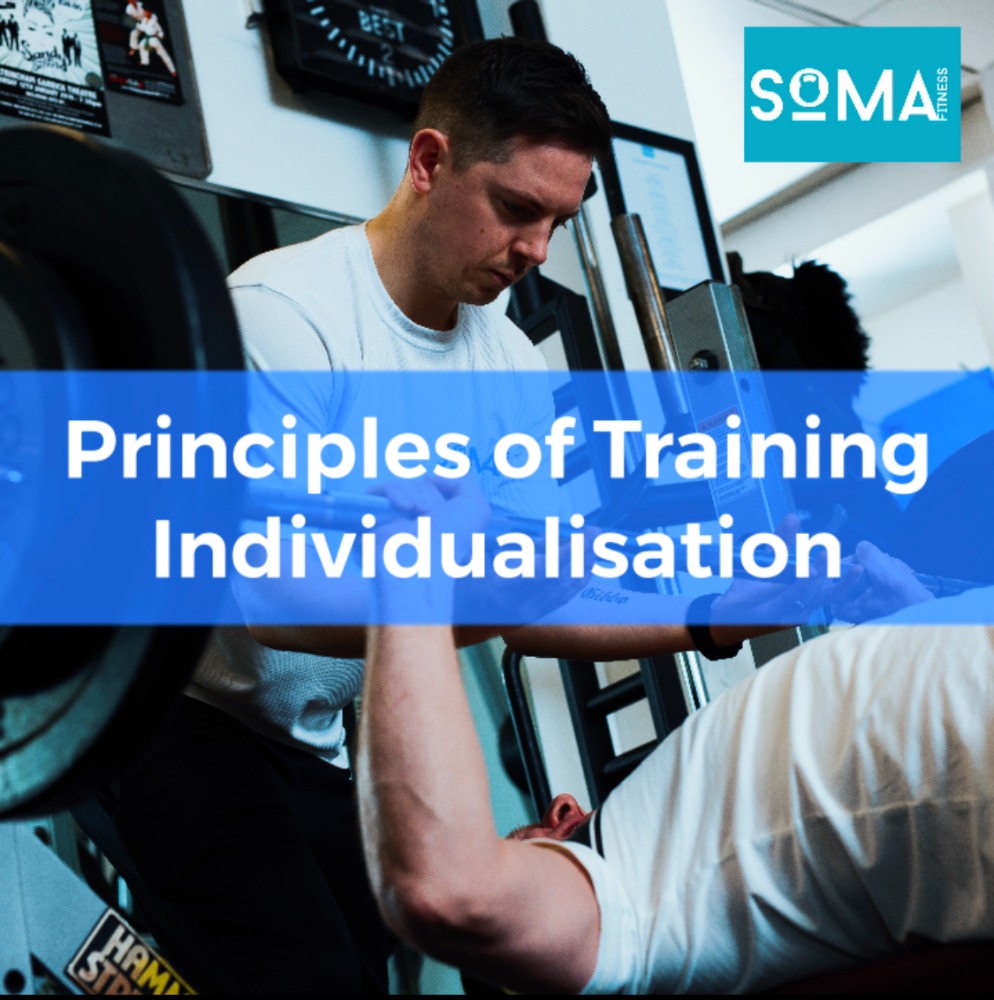
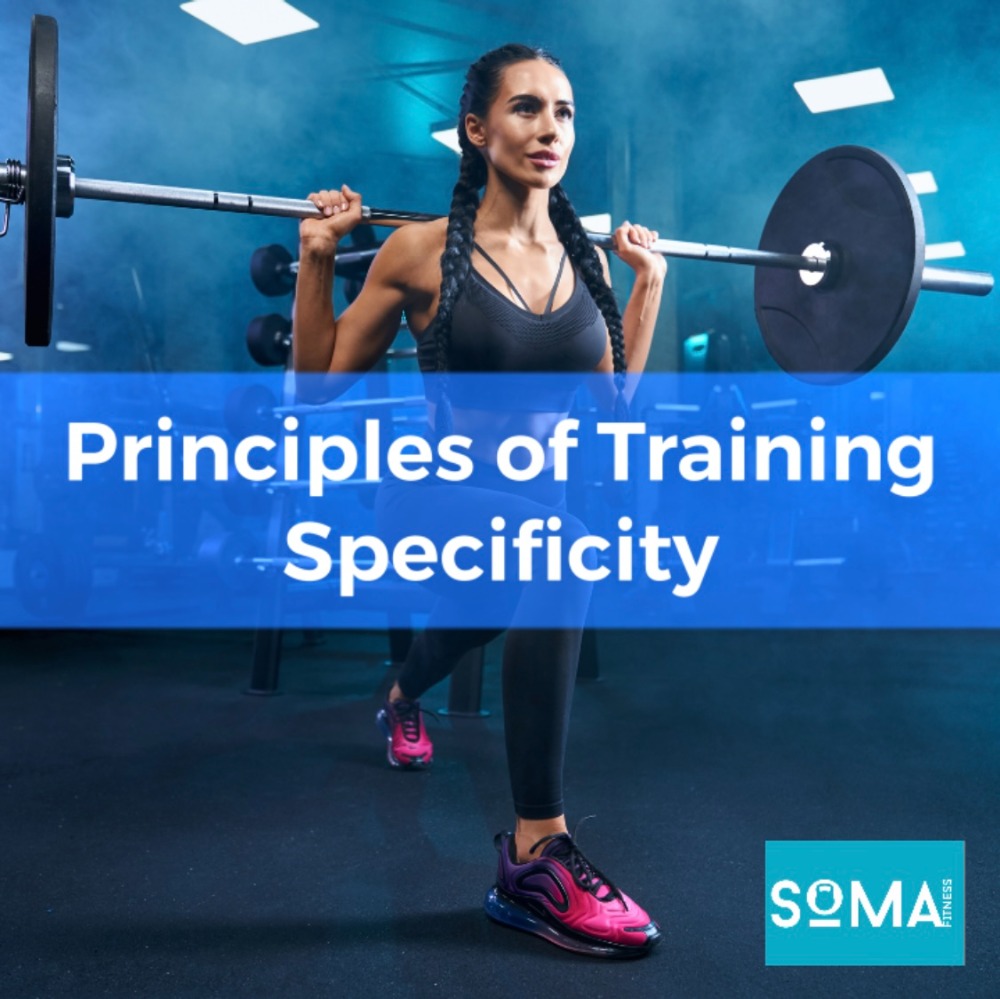
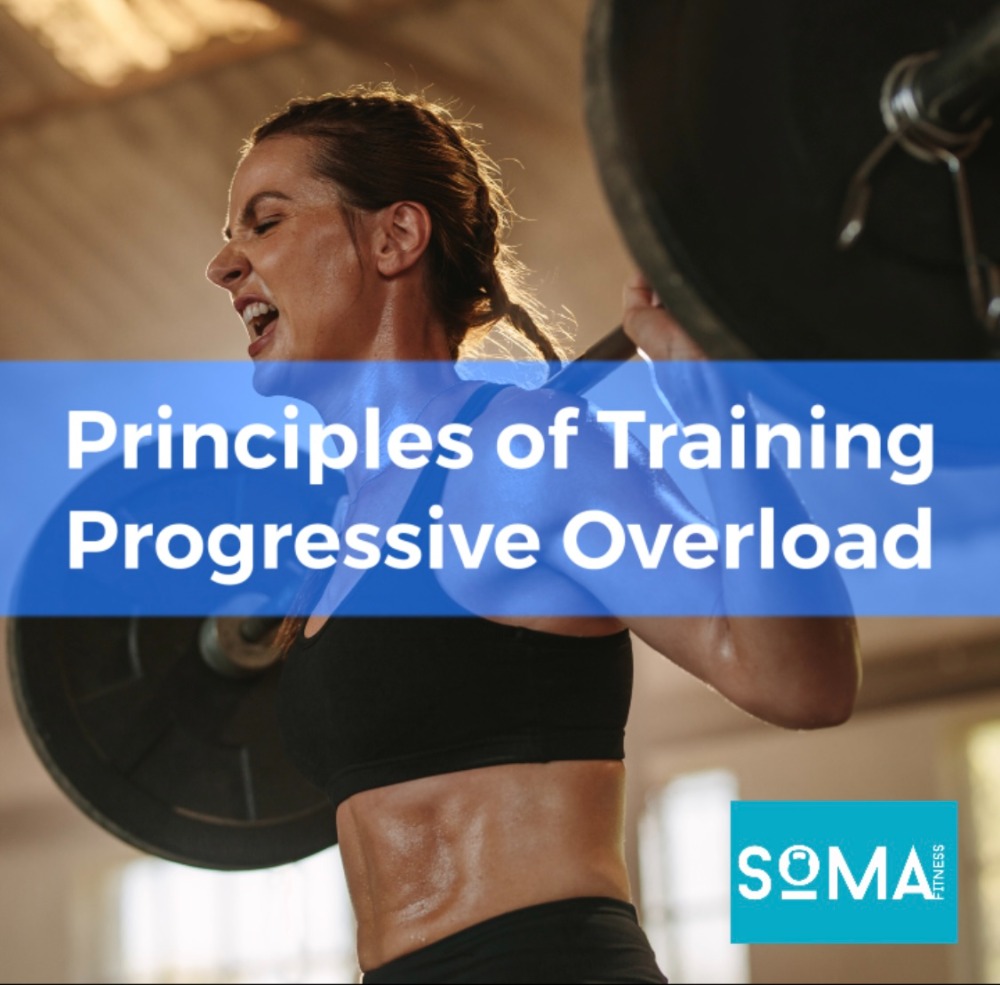
Recent Comments